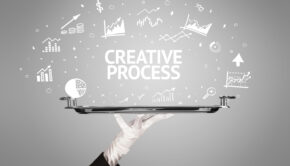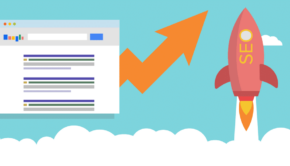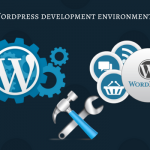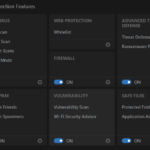4 Ways to Streamline Your WordPress Website and Improve User Experience
WordPress offers versatility, freedom, scope and variety, where you can virtually build anything that you want in your website, blog, ecommerce portal, social network, portfolio/gallery, web application or community. WordPress is a robust and full-fledged Content Management System (CMS) that can power just about anything on the Web.
It is also simple and easy to use.
A WordPress website usually starts out clean, clear and informative. But in no time, it becomes a gigantic, plugin-laden, animation-heavy and image-filled behemoth. There is nothing that slows down a website more than unnecessary clutter.
One of the most important things is your website provides a great user experience. It should be easy on the eye, aesthetic, updated and informative. Your site should be welcoming and encourage the visitor to stay and explore more, and every second spent on your site should be worth his or her time.
Here are few tips for you to streamline your WordPress site for lower bounce rates, more user engagement and better sales or conversions.
1. Simplicity Is of Highest Priority
In order to achieve simplicity, it is important that you manage content wisely. Ensure you group the content into relevant and broad categories that will make it easy for users to locate their area of interest. Sometimes when you have a lot of content or when your business expertise is really vast, sub-categories or drag down menus attached to each category will become essential.
Set up proper navigation that will help and enable users to locate what they want without any problem. Some sites also find search bars, useful to help navigation.
Keep in mind that you need to keep items in the navigation menu to the minimum. Do not offer so many choices that your visitor ends up feeling confused and ends up clicking on nothing. Do not overwhelm the user. If the navigation menu is simple and limited, there are more chances of click-throughs.
Setting up categories in WordPress is easy if you use appropriate plugins. A well-coded category taxonomy can keep things organized at the backend as well as present an aesthetic, easily navigable and helpful front end to users.
The Category Sticky Post is a plugin that helps you highlight important posts in a category. It helps the post to stick to the top of the list and you also have the option of giving a lighter formatting which will help to highlight the post to the visitor.
There are other plugins like List Category Posts, Post Tags and Categories for Pages, and Recent Posts Widgets Extended are all helpful in categorizing content in WordPress sites.
2. Category Templates Are Easy to Create
Conditional tags do away with the need to create separate templates for categories. You need not make any alteration to the generic template, and can put in conditional tags to add categories and archive sections.
You can also add subcategories like featured posts with the help of conditional tags. WordPress has powerful theme engines that look for templates with specific names to display them on a webpage, and the fact that conditional tags do away with the need to create separate templates make them very useful indeed.
3. Keep Everything in View
The space above the fold continues to be of paramount importance, very much as in newspaper heydays. The space above the fold is what is visible to a visitor on the landing page without having to scroll.
Make sure that you put in engaging and interesting content in this portion of the web page. You can put in snippets of arresting facts, figures or data, or staggered columns of content that encourage the users to scroll down. Use the space above the fold to share main ideas that will prompt users to scroll down to know more. In other words, there should be a strong value proposition that helps inform the visitor what the website can offer.
A page that makes no external calls or requires no of loading additional resources to render above-the-fold content after parsing the HTML will be user-friendly and quick to load. Include visible content that needs to be visible to users directly in the HTML response before they scroll down.
4. Loading Time Can Make or Mar Your Website
Test the loading time for your webpage on Google PageSpeed, Pingdom, gtmetrix, webpagetest etc. to get an accurate idea of the user experience your website is providing.
Go for suitable plugins that will reduce the time your site takes to load.
WP Performance Score Booster plugin allows GZIP compression and removes query strings from CSS and JavaScript on your webpage and speeds up loading.
W3 Total Cache plugin allows a website to cache files and store images, CSS and JavaScript on the server allowing the static version of your site to be displayed each time a user opens your site.
WP Smush.it reduces the size of image files and compresses them paving way for quicker loading of a webpage. The plugin is especially useful as quality content that includes a couple or more of images is the blogging norm now.
You also need to be careful of server response time. A shared WordPress hosting plan will not be able to support the expanding needs and requirements of a growing website. A dedicated managed WordPress hosting company will be able to take care of all back end work and maintenance, and gives you safety and security.
Websites backups, software updates, page caching, malware protection, automatic plugin updates and WordPress-specific security features are all features of managed WordPress hosting solutions.
So do take into account all these factors when trying to improve the speed of your website.
Conclusion
Streamlining your WordPress site will improve and facilitate user experience vastly. If you make use of the relevant plugins and the host of other features and updates that WordPress regularly comes up with, virtually all your business expectations can be met and exceeded.
















